QA:
If the line loss is \$50\ kW\$ when P.F. is \$0.8\$, now if P.F. become \$0.95\$, what is the value of line loss?
Solution:
\$\frac{P_{L2}}{P_{L1}}=\frac{(cos\theta_1)^2}{(cos\theta_2)^2}=\frac{(0.8)^2}{(0.95)^2},\$ so \$P_{L2}=P_{L1} \times \frac{(0.8)^2}{(0.95)^2}=50\ kW\times \frac{(0.8)^2}{(0.95)^2}=35.45\ kW\$
I have two questions about this:
1.Why is \$\frac{P_{L2}}{P_{L1}}=\frac{(cos\theta_1)^2}{(cos\theta_2)^2}\$?
2.We can know the unit of line loss is watt\$(W)\$, that is, the line loss is a real power, not apparent power or reactive power. So if the P.F. increase from 0.8 to 0.95, that means \$\theta_1 > \theta_2\$, the real power shouldn't change, but apparent power or reactive power will decrease because of the decreasing of \$\theta\$
However, my second thinking should be wrong, because the answer of the QA does decrease with the increasing of P.F.

